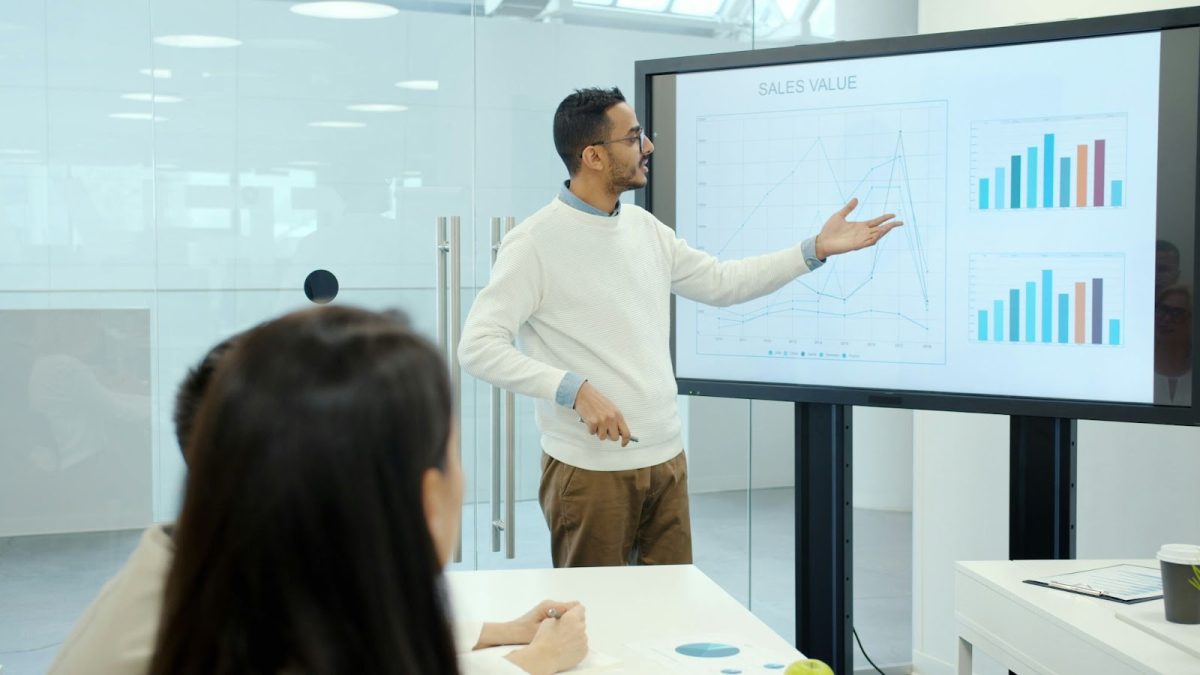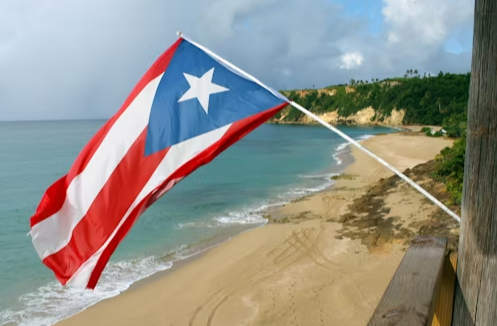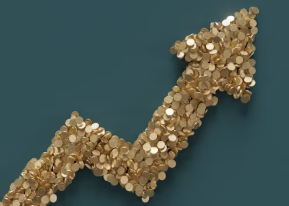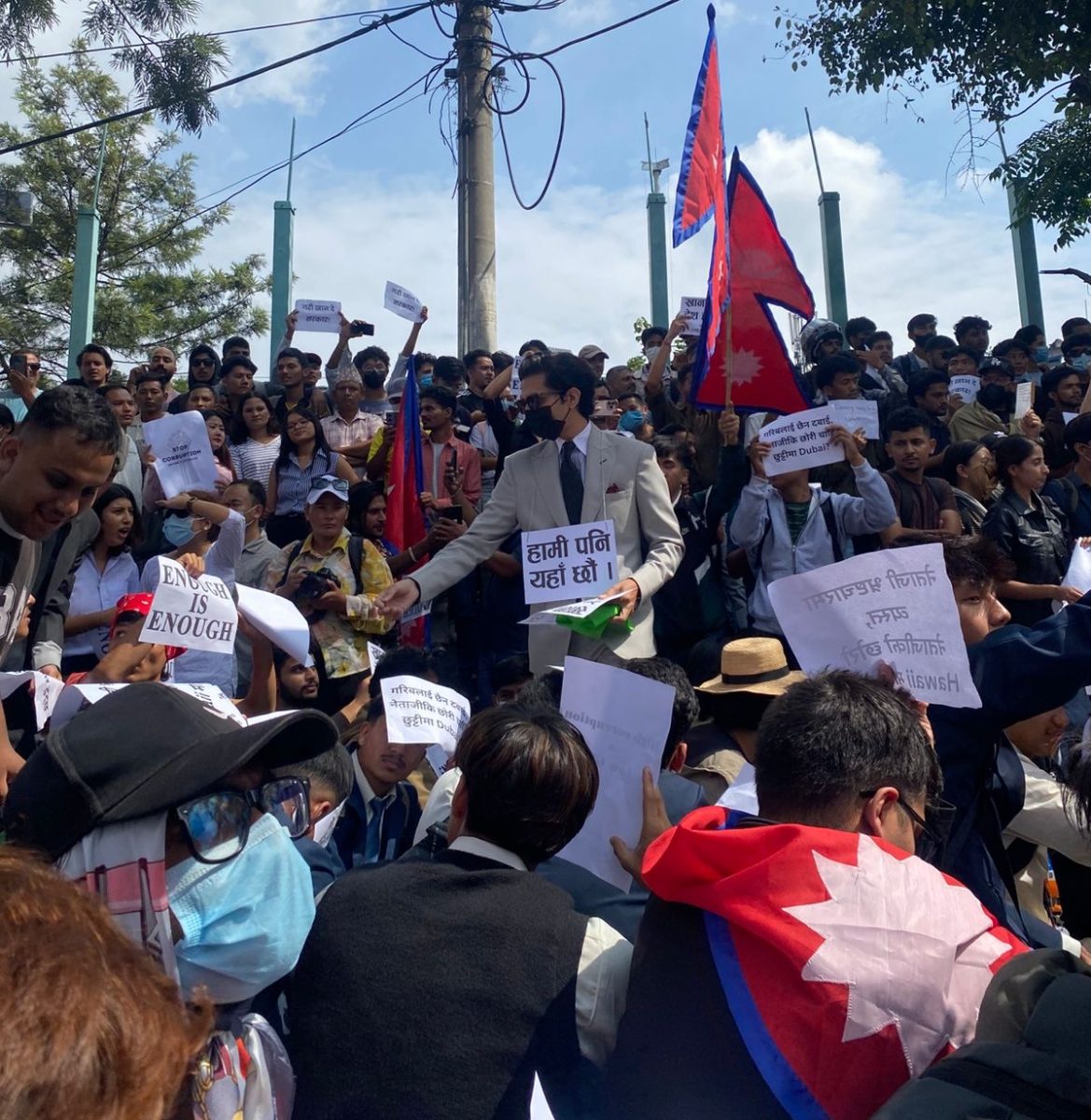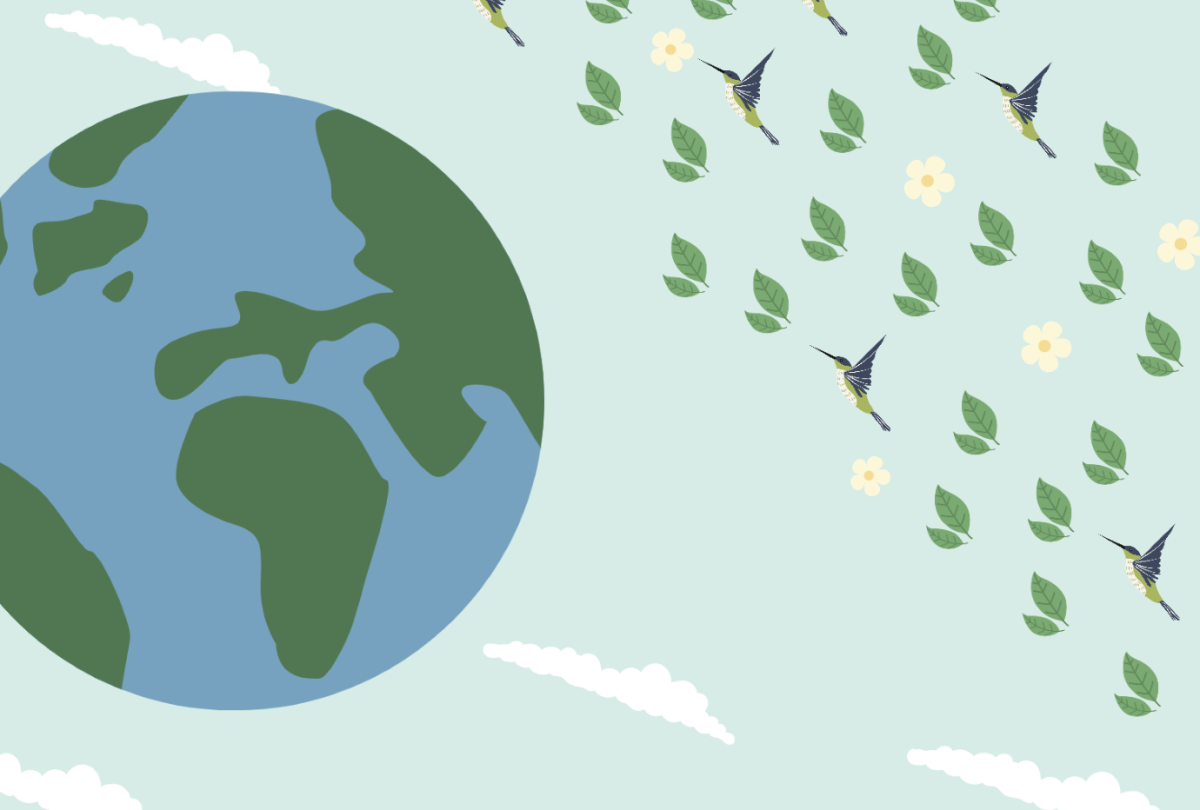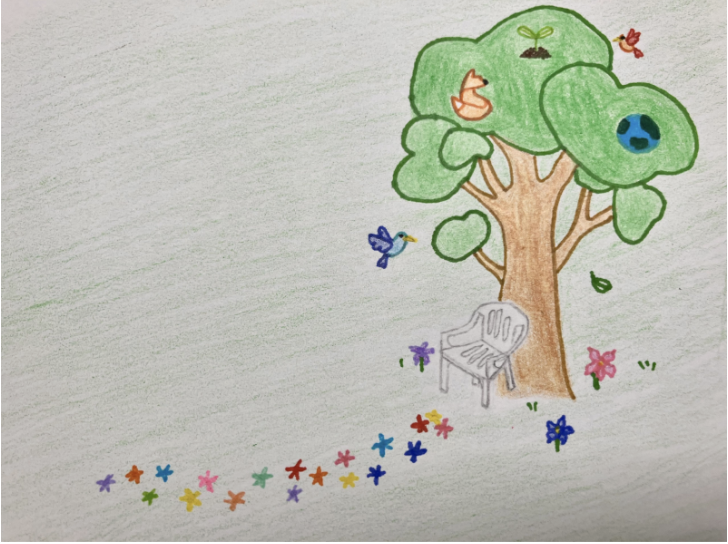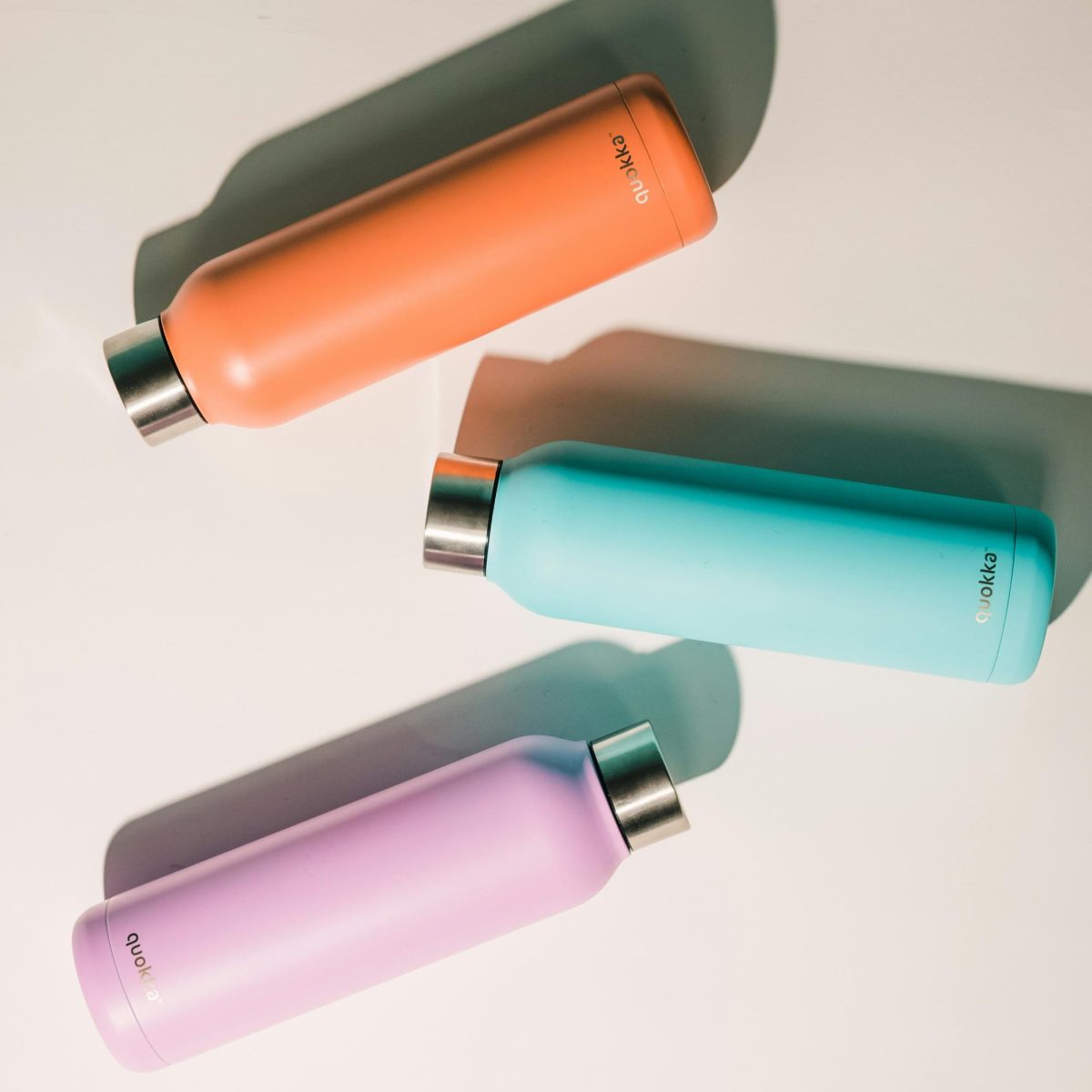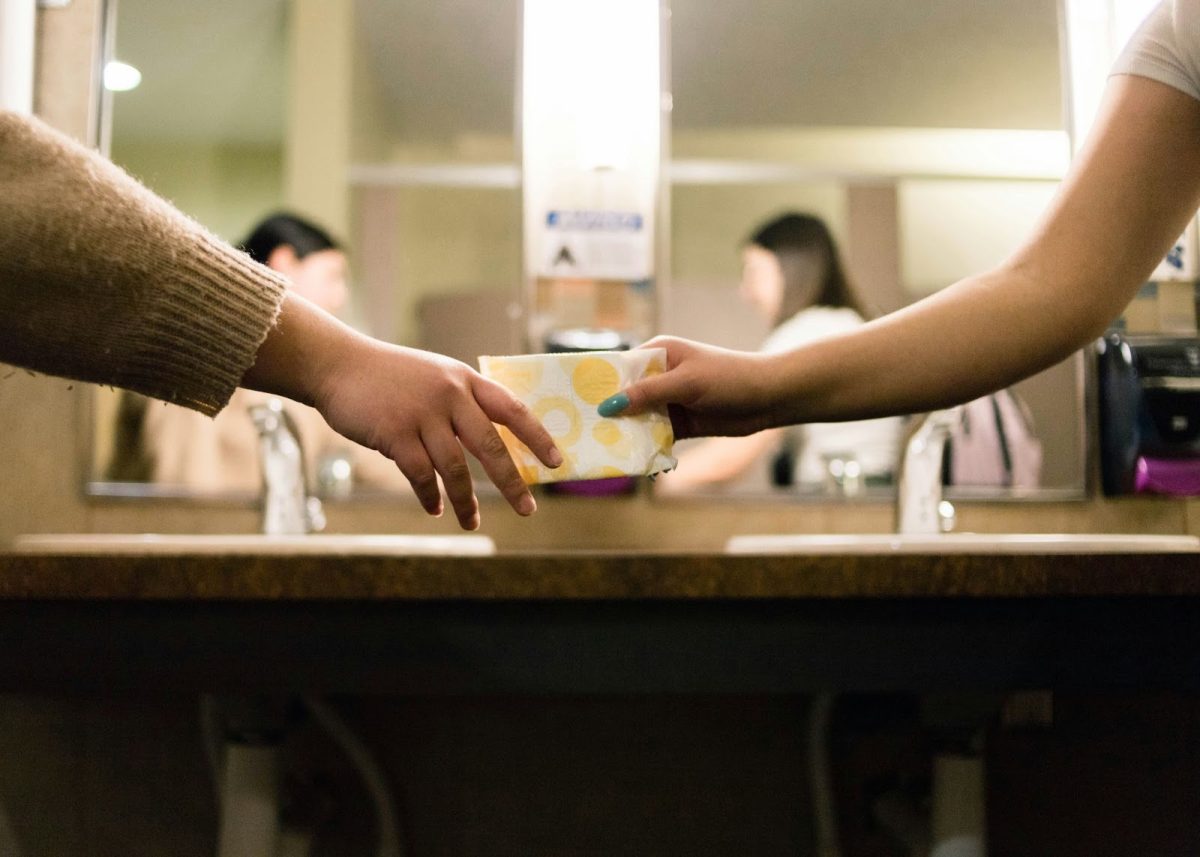1 out of 10 adolescent girls miss school during menstruation because they lack access to menstrual products and resources. Period Poverty refers to the inability to afford or access menstrual products, hygiene facilities, education and awareness to manage menstrual health. It affects millions of people, especially those from marginalized groups and low-income communities and has significant social and economic consequences. It interrupts the lives, rights and freedoms of women everywhere.
Stigma, high costs of menstrual products and lack of sanitation facilities drives period poverty. Menstrual products are generally expensive around the world because of a ‘pink tax’- the tendency for products marketed towards women to be more expensive than those marketed towards men due to gender blind policies and tax laws. A pertinent example is viagra, used to treat erectile dysfunction in men. It is classified as a tax-exempt product while sanitary products are classified as luxury goods, thus they are taxed at the highest rates. Unsafely managed latrines also worsen the problem; numerous girls refrain from attending school, and women from work, during their menstrual cycles. At least 1 in 10 females in rural areas across 12 countries did not have private places to wash and change during their last period. 1.5 billion people still lack basic sanitation services, such as private toilets and waste management facilities.
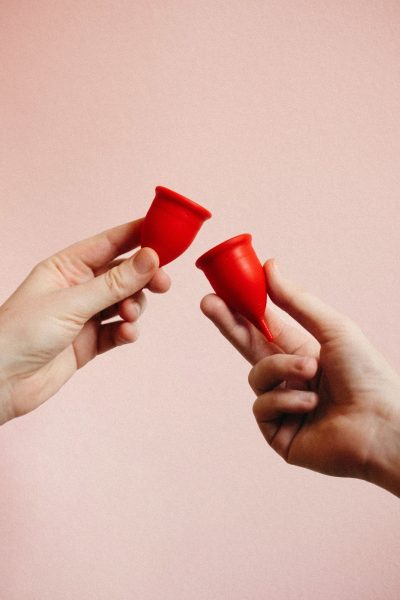
Period poverty is perpetuated, furthermore, by stigma and lack of information. It is, unfortunately, very common for women to lack awareness and be unprepared for their menstruation but more so for educators and people in higher power positions to lack comprehensive menstrual education. Only 32% of girls from Egypt and 66% from Bangladesh admitted they were aware of menstruation before their first period. The rest were shocked.
Additionally, some communities foster stigma and discrimination when it comes to menstruation. They create harmful social and cultural norms around the period- menstruating girls are seen as dirty in many parts of the world like Sub-Saharan Africa, and there are myths that say these girls should be isolated in places of worship while others say certain food menstruating girls touch will rot.
Period poverty leads to social and economic inequalities, missed days of school and work as well as health risks including, but not limited to, skin irritation, vaginal itching and urinary tract infections (UTIs).
Period poverty is a global issue which affects women from both rich and poor countries. The basic menstrual necessities available to women vary based on their income and area of living- whether rural or urban. Females in urban areas are much more likely to use sanitary products compared to those in rural areas who are more likely to use cloth. This is common in countries like India, Zimbabwe and Madagascar. 1 in 5 adolescent women used no products during their menstrual cycle in Ethiopia. In the United States, 1 in 4 teen girls and 1 in 3 adults fail to afford period products, especially for girls of colour and lower-income households and 3 in 10 girls in the United Kingdom struggle to access menstrual products and more than half of them used toilet paper instead.
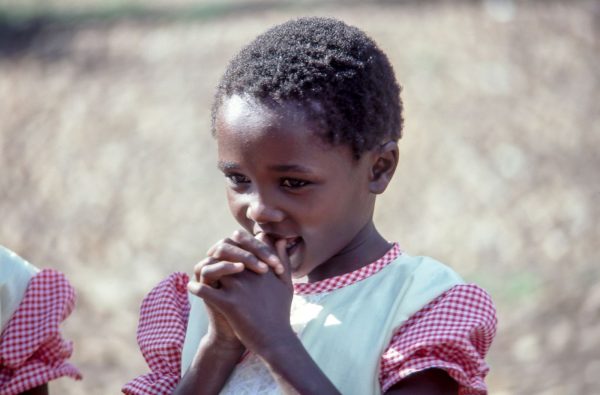
It is much worse for women in places under crisis. In 2023, the United Nations Refugee Agency (UNHCR) estimated that women and girls accounted for 51 percent of all refugees. Menstrual hygiene and management becomes less of a priority for women during times of crisis. Prime examples are during Lebanon’s 2020 crisis, the prices of menstrual pads and other hygiene items made within the country increased by 234 percent and 66 percent of girls said they could not afford to buy the products and didn’t talk about it since menstruation was deemed a taboo topic.
Menstrual poverty is not only limited to girls and females, it also affects transgender and non-binary people. Period poverty amongst these groups is often overlooked due to stigma, judgement and fear. Many trans men and non-binary people who menstruate cannot access menstrual products due to stigma and fear of judgement when purchasing them. Unintentionally, humanitarian distributions of menstrual supplies often only target ‘girls’ and ‘women’, leaving out the trans and non-binary individuals. It is especially more expensive for the LGBTQ+ community to access these products because most are unemployed due to discrimination so are more likely to experience poverty, homelessness amongst other things. Additionally, menstruation can be a source of intense body dysmorphia for a lot of non-binary individuals, worsening their menstrual health struggles. There is also a fear around being misgendered or outed when seeking resources. Public bathrooms are another exacerbation to the health issue; they often lack gender-neutral options and adequate disposal systems for menstrual products leaving non-binary and transgender individuals with fewer safe spaces to manage their periods.
Ongoing shortages of sanitary products, water, functioning toilets and proper waste disposal make managing menstrual health extremely challenging. Effects by organisations, such as UNFPA, UNICEF, Plan International and local NGOs, which distribute menstrual products, improve sanitation facilities and conduct awareness programs, alleviate some of the weight period poverty has on females around the world by their focus on improving menstrual health management. Educators are also encouraged to normalise conversations about menstruation. Countries like Kenya and Scotland have already started on initiatives to tackle period poverty. Scotland became the first country to make period products free for all in 2020 and Kenya eliminated taxes on menstrual products in 2004 and mandated free sanitary products for schoolgirls. Organizations currently supporting relief for this issue include Days for Girls and The Pad Project, and they are raising awareness to reduce the stigma and foster understanding.

